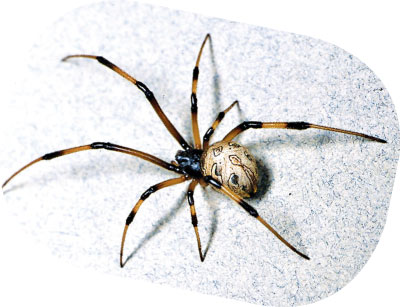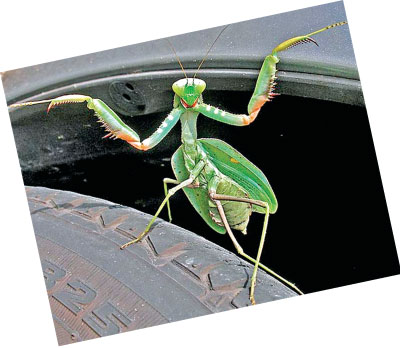Facts about: Insects and Bugs
Night butterflies have ears on their wings so they can avoid bats.
 Monarch caterpillars shed their skin four times before they become a
chrysalis, growing over 2,700 times their original size. Monarch caterpillars shed their skin four times before they become a
chrysalis, growing over 2,700 times their original size.
There are 3,000 different kinds of insects - more than all the other
animal and plant species combined.
Of the huge number of insects, only one percent is harmful to humans.
Most insects are harmless or actually beneficial. For example, without
bees to pollinate flowers, plants would not have a way of reproducing
and we wouldn't have anything to eat!
* A person eats his own body weight in about half a year.
*The desert locust is the world's most destructive insect. It can eat
its own weight in food every day. Large swarms can gobble up to 20,000
tons of grain and plants in a day.
*The honeybee has to travel an average of 43,000 miles to collect
enough nectar to make a pound of honey!
*Out of every 1,000 mosquitoes, one female carries a disease that
could be fatal to humans.
*Honeybees have hair on their eyes.

*The average housefly lives for one month.
*There is only one insect that can turn its head - the praying
mantis.
*A slug has four noses.
*Some male spiders pluck their cobwebs like a guitar, to attract
female spiders.
*A mosquito flaps its wings 500 times a second.
*Only male crickets can chirp.
*Baby robins eat 14 feet of earthworms every day!
*About 80% of the Earth's animals are insects!
*The common garden worm has five pairs of hearts.
*Dragonflies can fly up to 50 miles per hour.
*The earliest fossil cockroach is about 280 million years old - 80
million years older than the first dinosaurs! - Internet |

